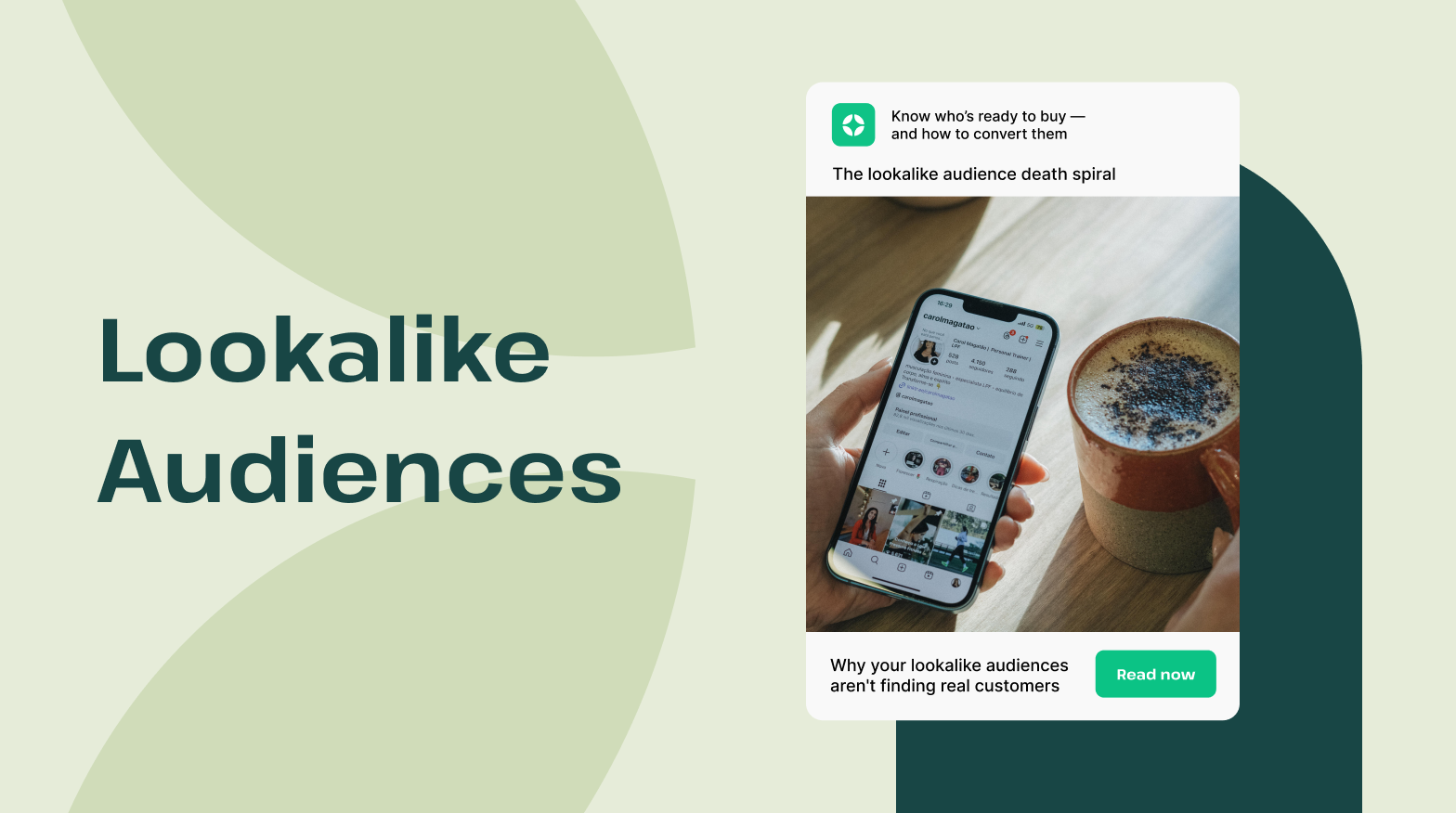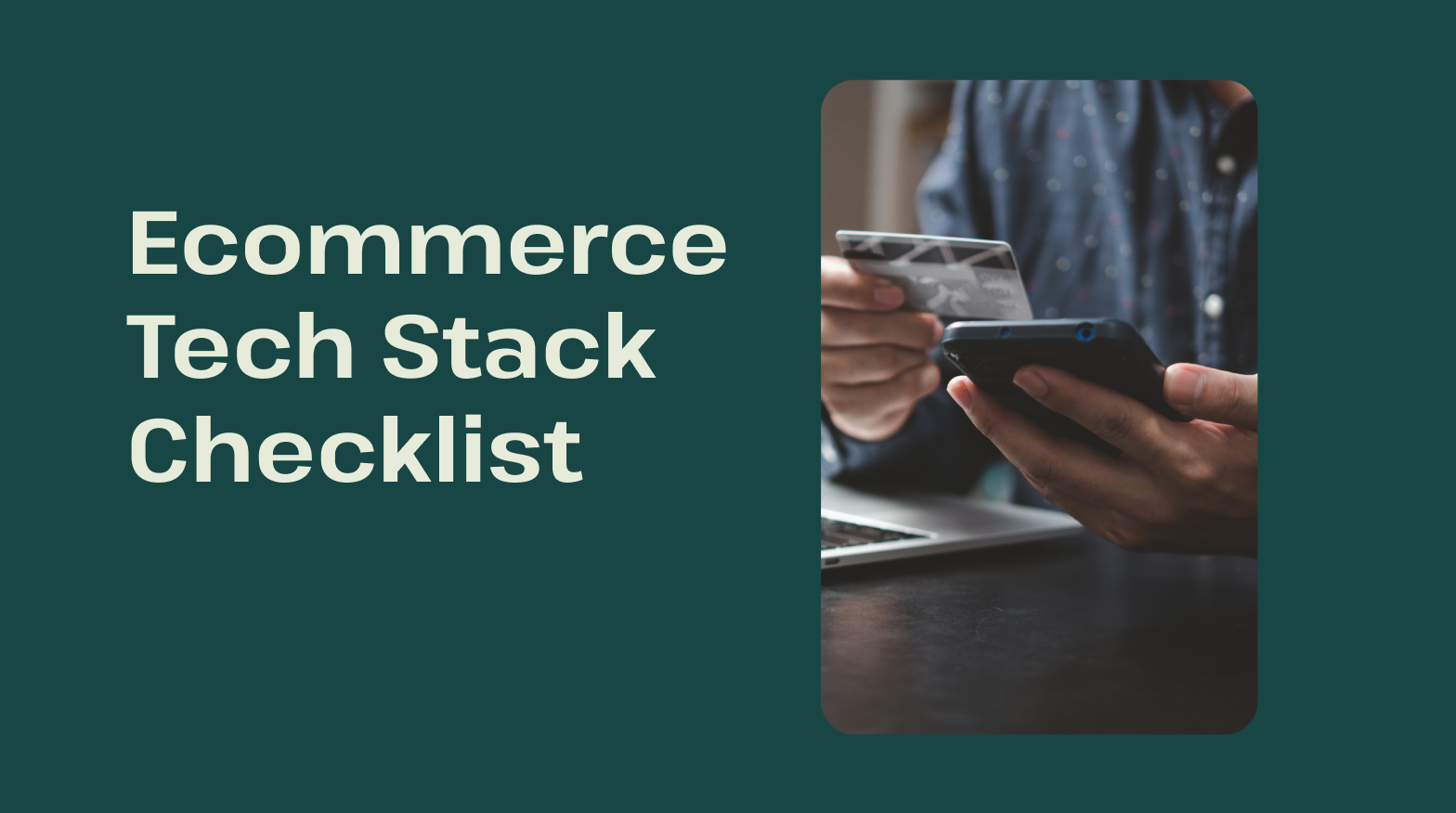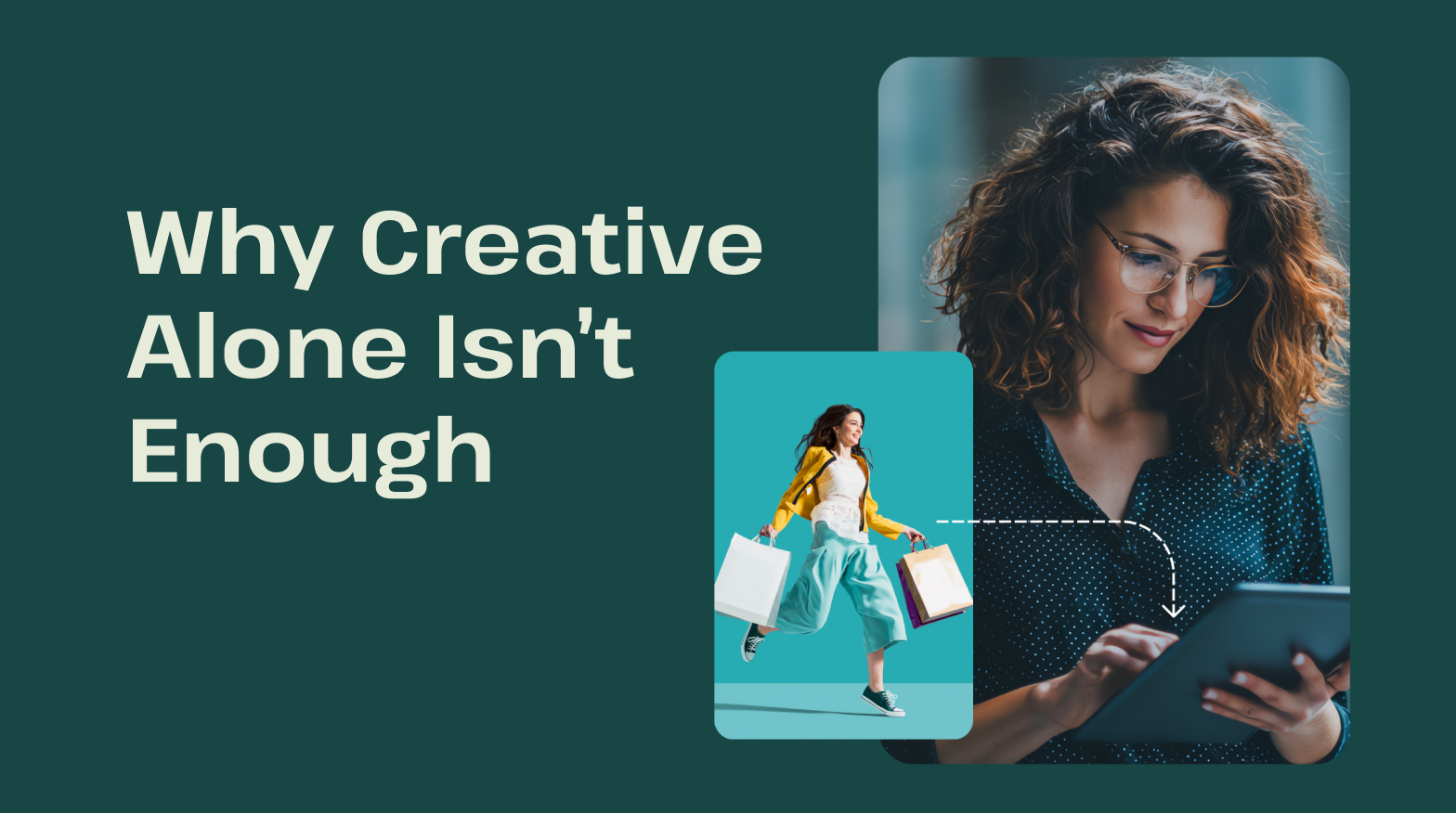Your best customers spend $200 a month at Whole Foods, drive Audis, and vacation in Napa. But your lookalike audiences? They just happen to follow the same Instagram accounts as your ideal customers.
That’s the reality of audience targeting in 2025. Privacy updates, cookie loss, and shrinking behavioral datasets mean platforms fill your “lookalike” lists with anyone who feels algorithmically adjacent.
Transaction data cuts through that noise and reveals who spends money in your category, giving you an audience of proven buyers instead of people who might convert someday.
The Lookalike Audience Death Spiral
Lookalikes only work when you start with a strong seed audience. Most ecommerce brands don’t.
A “best customers” list might have a couple hundred names: a mix of one-time gifters, deep-discount buyers, and a few loyal repeat customers. Feed that into Meta and TikTok, and the algorithm learns to find more of the same audience. Why? These social media platforms optimize for engagement, not purchases.
A campaign can look great in Ads Manager while quietly filling your funnel with people who will never buy. As privacy changes strip away more behavioral signals over time, the algorithm leans harder on whatever scraps it has left. Each new audience list becomes a fuzzier, less accurate copy of the last.
Here’s how that story plays out:
- Week one: You target yoga enthusiasts who buy premium athletic equipment.
- Week four: The algorithm expands to anyone who’s ever clicked on a fitness ad.
- Week eight: You reach people who follow wellness influencers but have never purchased anything health-related in their lives.
The result is rising CPMs, falling conversion rates, and a targeting loop that drifts further from your real customers with every dollar you spend.
Transaction Data Shows Real Intent
Unlike browsing behavior, spending behavior can’t lie.
Someone mindlessly scrolling through luxury car videos isn’t about to drop $60,000 on a new SUV. But a customer who spends $200 a month at a premium gym has already proven they’ll invest in their health. That’s the person ready to buy your $150 supplement bundle.
This pattern repeats across every category. Frequent restaurant diners are more likely to subscribe to a meal kit. Luxury travelers put real money into high-end luggage. Prior buyers are always the best signal for future purchases.
That’s why switching from interest-based to purchase-based targeting can feel like flipping a switch. You stop hoping the algorithm finds people “like” your customers. Instead, you start showing ads to people already primed to buy.
ThinOptics, a brand that makes reading glasses, made that change. They stopped targeting “people interested in reading glasses” and started targeting verified buyers of premium eyewear. The result? Their CTR almost doubled, and CAC dropped by 12%.
Footwear brand Peluva followed the same playbook. Two weeks after focusing on verified spenders instead of broad demographics, the brand saw their average cost per purchase fall 60%, from $112 to just $43.
The Enterprise Data and Activation Problem
Most brands never get access to large-scale, verified credit card purchase data. The reason is simple: providers like MasterCard and American Express only sell this data in massive, bundled contracts. Annual deals run into the six figures, and brands end up paying for far more than they will ever use.
Even if you can get this data, it’s messy. Records come from multiple sources with no standardized format. Turning raw data into something usable requires weeks of prep, expensive infrastructure, and teams of analysts just to clean and match it.
And then comes activation. Meta and TikTok only allow targeting on their own signals, like interests, demographics, and engagement. Privacy rules and ad platform restrictions mean you can’t upload and directly target highly specific segments, like “people who spend $300 a month at premium grocery stores.” Even custom audiences have limits on how granular you can get.
Without a way to connect verified purchase data to campaigns, most brands default to lookalike audiences. And we already know where that approach leads: List quality deteriorates over time, and high-intent matches are replaced with loosely similar profiles.
Until now, there hasn’t been a direct and compliant path to source, refine, and activate purchase-based audiences.
How GoAudience Breaks Down Growth Barriers
Most tools stop at identifying site visitors. GoAudience goes a step further by improving your traffic quality and giving you the intelligence to convert it.
Here’s how it works:
- Paste your URL or describe your product, and our AI finds people already spending with your competitors or in your category.
- Push those audiences directly into Meta and TikTok without manual uploads or “learning” delays.
We work with 120+ providers, including MasterCard and American Express, to give you verified spend data from more than 200 million consumers. You can turn that into segments big enough to activate campaigns, yet narrow enough to focus only on qualified buyers.
And we don’t stop at better targeting. Once visitors hit your site, we identify them with 20+ data points, including income, lifestyle, and purchase history. Then, we score them for follow-up. We separate high-value buyers from low-value visitors so you can send the right leads into Klaviyo, Meta, or other channels.
For transparency, we also show you the data provider’s name. That way, you can verify data collection methods and ensure compliance with all privacy laws. The best part? You aren’t locked into long-term contracts or forced to pay for bulk data. You only ever pay for what you use.
Turning Wasted Spend Into Growth
Instead of chasing shrinking signals and endless algorithm tweaks, you can finally anchor your growth on something solid: how people truly spend.
By plugging verified spend data directly into your campaigns, GoAudience helps you lower acquisition costs, ensure clearer attribution in Klaviyo, and transform acquisition from guesswork into a proven strategy.
Ready to reach people who will actually buy from you? Try GoAudience free today.




